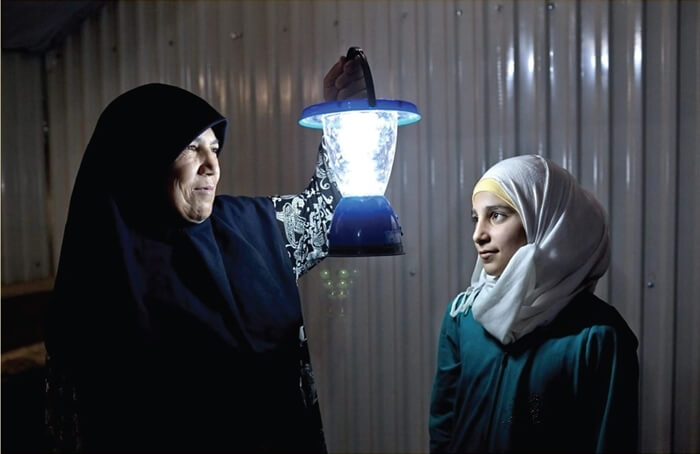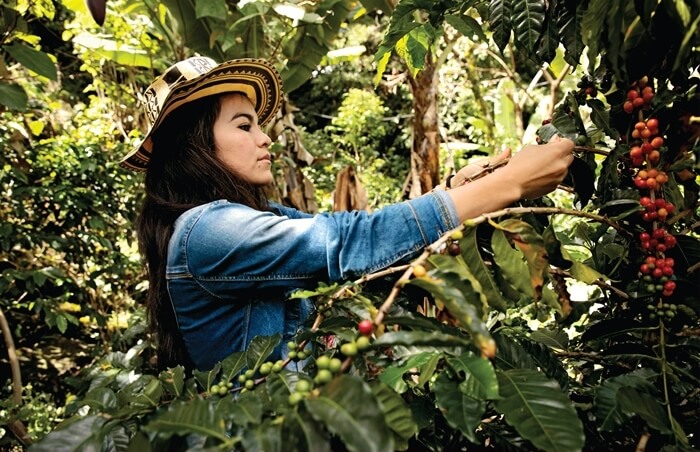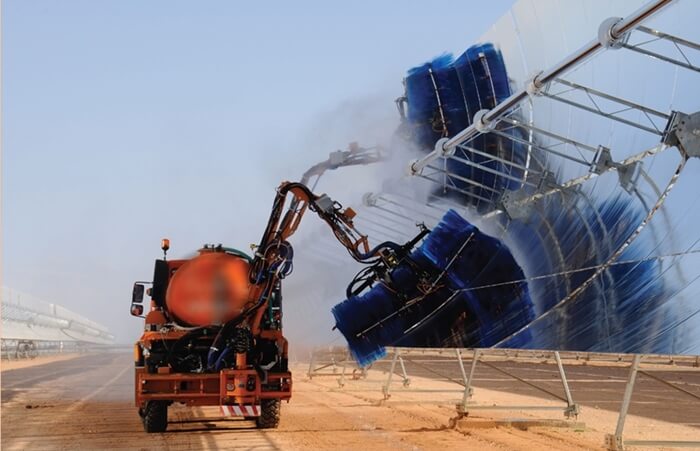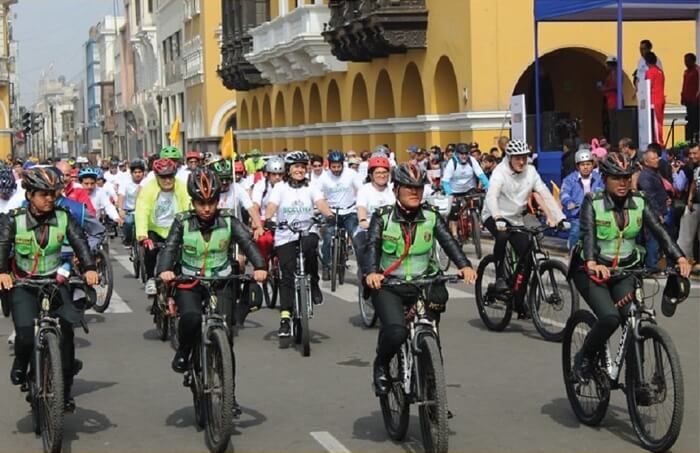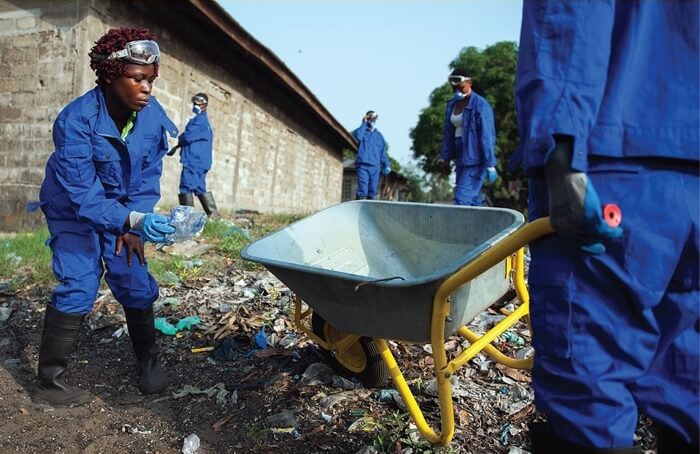Excerpt from Mongabay
Armed with a flashlight, 43-year-old Musadat walks slowly through the thick and dense Harapan forest, one of the last remaining expanses of lowland tropical rainforest on the Indonesian island of Sumatra.
Musadat suddenly stops and carefully looks around. He then switches off his flashlight and walks quickly to a nearby Phoebe tree. There, he finds a cinnamon frog (Nyctixalus pictus) and a frilled tree frog (Kurixalus appendiculatus).
Deeper into the forest, he finds a puddle — a watering hole for frogs and other animals.
By the end of the day, Musadat has come across a number of other frogs, none of them much bigger than a Lego brick.
Frogs are a common sight in the 76,900-hectare (190,000-acre) Harapan forest, which is home to 55 frog species out of the 77 found in the whole of Sumatra. It also hosts more iconic species such as the critically endangered Sumatran tiger (Panthera tigris sondaica) and Sumatran elephant (Elephas maximus sumatranus).
But this treasure trove of biodiversity, 1,350 known species and counting, is under threat from a road project that the Indonesian government has approved to connect a coal mine to a power plant.
The Ministry of Environment and Forestry signed off on the project, proposed by coal miner PT Marga Bara Jaya (MBJ), in October 2019.
The approval gives MBJ control of 424 hectares (1,048 acres) of the Harapan forest. The company plans to build an 88-kilometer (55-mile) road, a third of which will run through the forest, to truck coal from its mine in Musi Rawas district to power plants in Musi Banyuasin district, both in South Sumatra province.
In October 2020, the ministry shored up the plan even further by designating almost the entire 424 hectares as suitable for the purpose of road construction.

Island Innovation is a social enterprise and digital media company at the intersection of sustainable development and communications, offering specialised services across various sectors. We bring together the private sector, government, utilities, NGOs and universities to advance innovation for sustainability and prosperity in islands worldwide.









